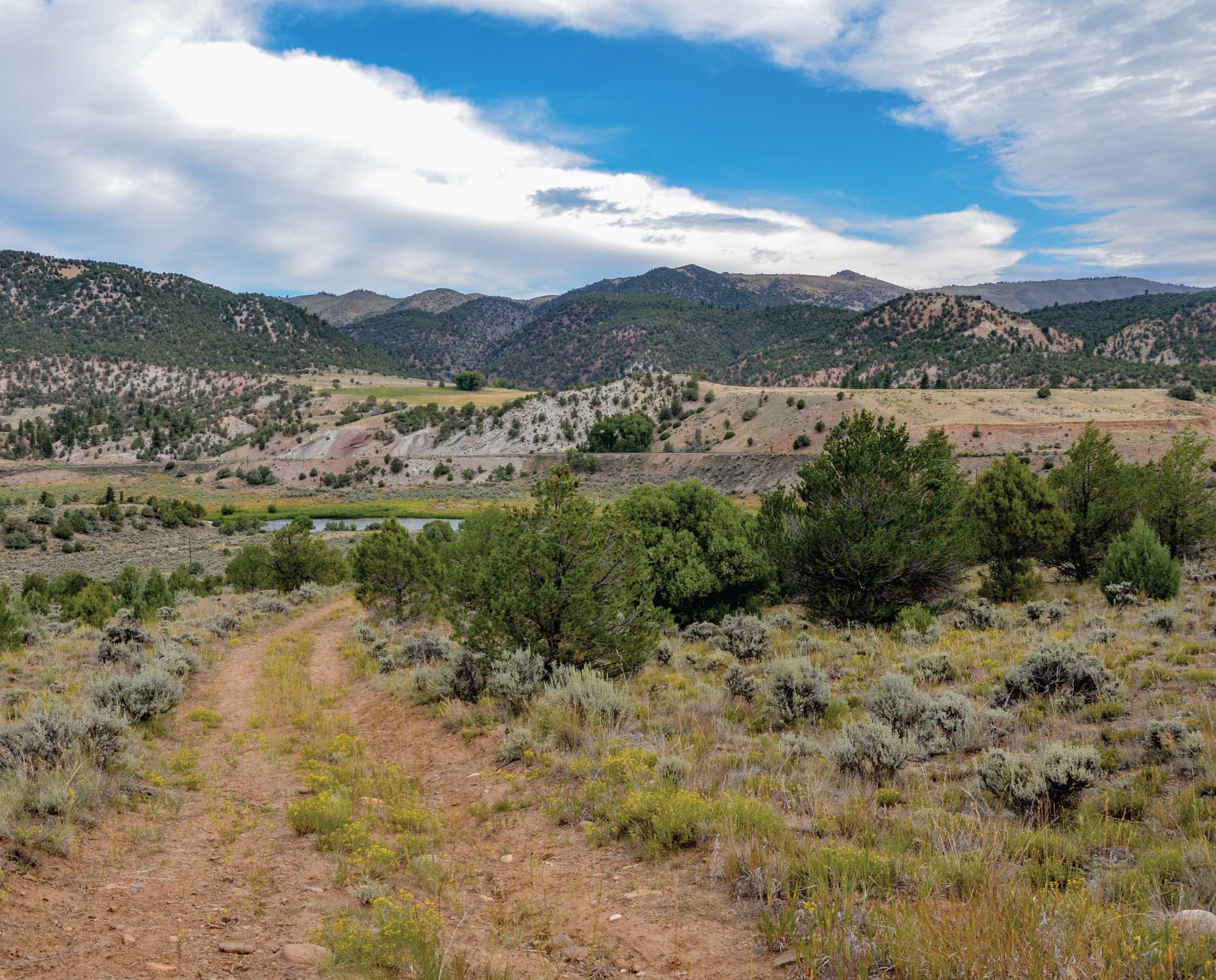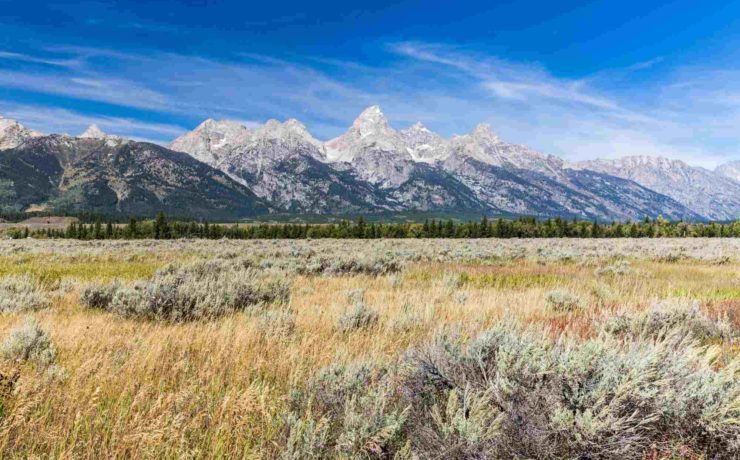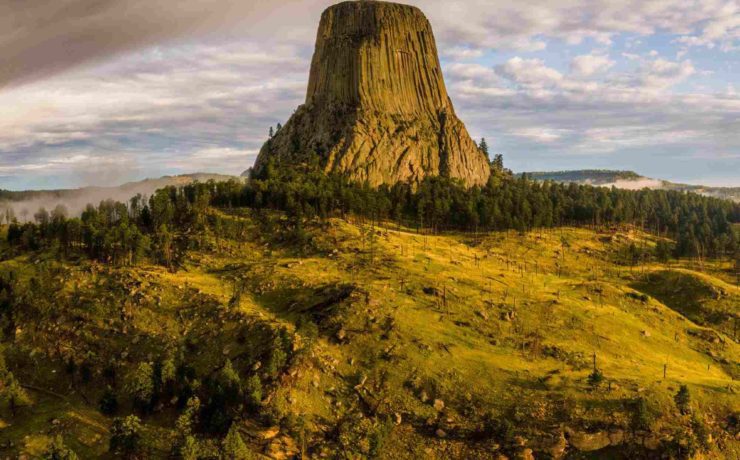Juniper and piñon pines are a natural part of western landscapes, however over the last century these conifers have encroached into sagebrush rangelands mainly due to fire suppression. While old growth junipers and piñons provide important hiding habitat for deer and nesting areas for a variety of birds, invading trees are changing the landscape. Soil pH is altered due to needle drop which, coupled with increased shade, prevents growth of native shrubs and grasses that are important for deer. In addition, conifer roots suck up substantial amounts of water decreasing soil moisture and outcompeting other plants for this limited resource in the arid West.
One way to restore sagebrush habitats to benefit deer, sage grouse, and hundreds of other species is to remove encroaching conifers where they have invaded in recent years, leaving the old growth trees where they belong. This is a tailored prescription for ecosystem health and a labor-intensive process, but the benefits are far reaching. MDF works on public and private lands to cut or masticate invasive conifers and often the trees are “mulched” to provide ground cover and nutrients for soils. After these restoration projects, the grasses, forbs, and shrubs quickly rebound, more water is retained on the landscape, and deer and many other sagebrush dependent species thrive. Some projects also have a commercial aspect for logs or biomass, which helps MDF recover expenses, provides local jobs and economic returns, and returns valuable funding for future habitat projects.










